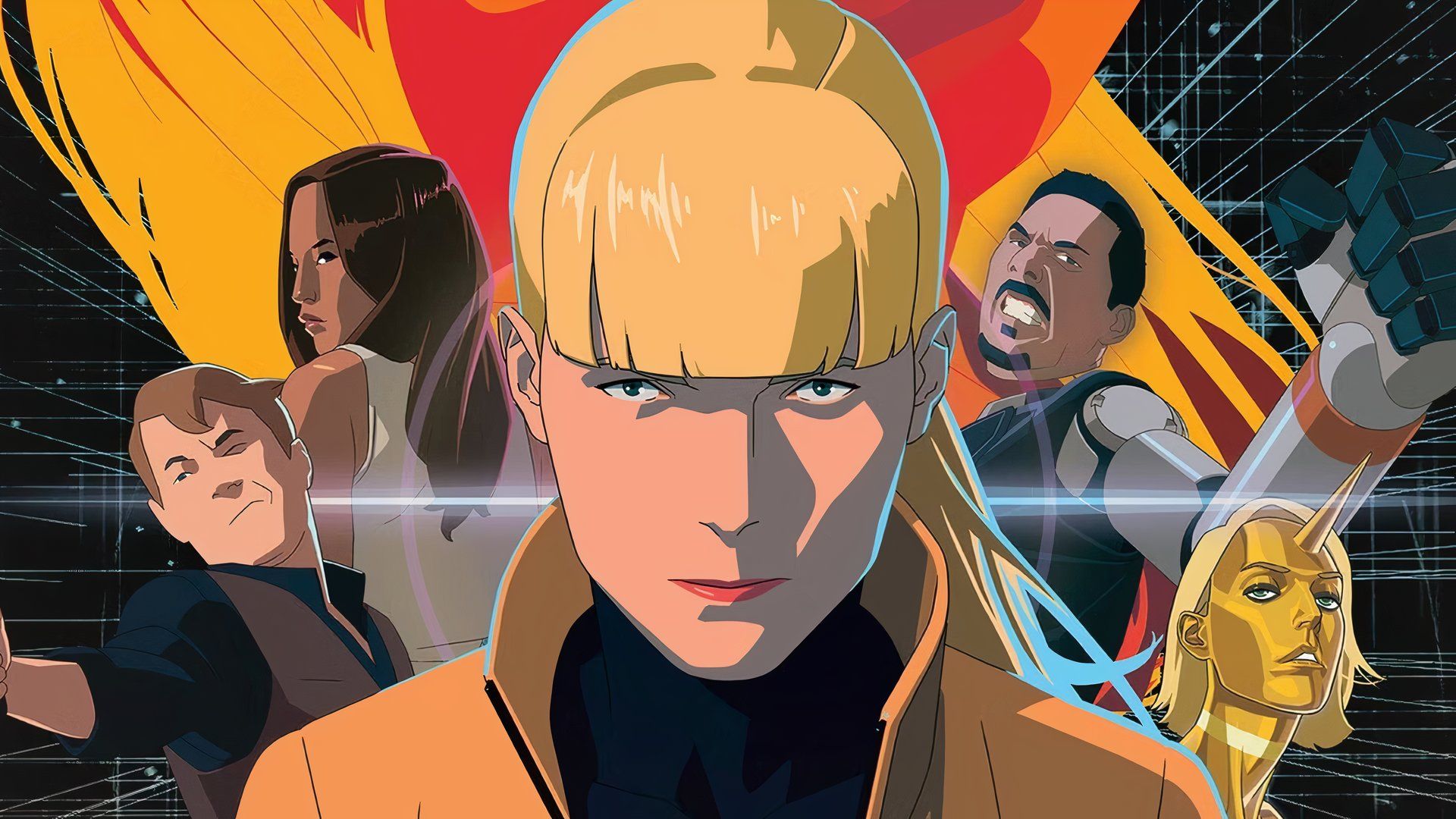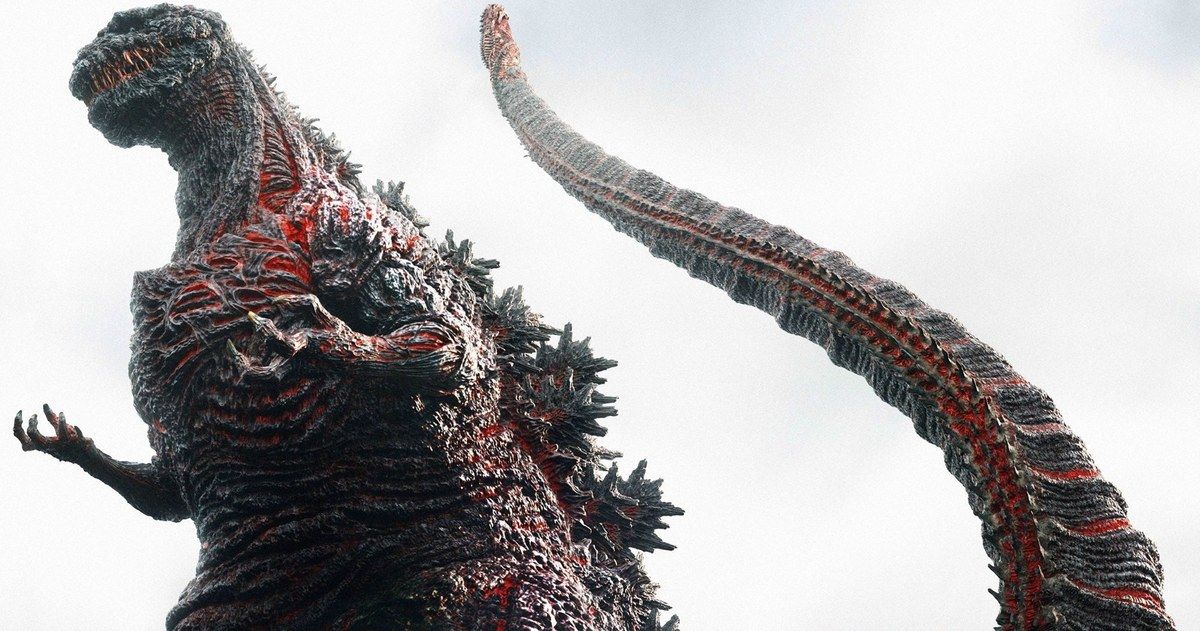Summary
- The distinction between Japanese and American Godzilla films is subtle but significant, creating disparate experiences for the audience.
- Shin Godzilla, directed by Hideaki Anno, stands apart in capturing the genuine horror and catastrophe unleashed by the behemoth, using a seamless blend of practical and digital effects.
- Anno’s masterful blend of practical and digital elements in Shin Godzilla offers a visual feast that resonates with the intrinsic and existential horror that Godzilla embodies, making the terror of the Kaiju more palpable and relatable.
Immersing oneself in the world of Kaiju films, one is greeted with the apocalyptic dance of gigantic monsters, cities in distress, and the ultimate battle between humanity and colossal creatures from the beyond. At the center of this maelstrom of destruction stands Godzilla, a titanic beast whose representation has remarkably evolved through the decades. The distinction between Japanese Godzilla films and their American counterparts in the MonsterVerse is subtle but significant, and it highlights how the filmmaking styles can create disparate experiences for the audience.
The Corridor Crew, a group of visual effects artists with a popular YouTube channel, analyzed this distinction in one of their episodes. The discussion revolved around Shin Godzilla, a 2016 Japanese Godzilla movie, and its American MonsterVerse equivalents. The team – Niko, Sam, and Wren – meticulously compared the visual effects, and the portrayal of the iconic creature, noting how the Japanese rendition stood apart in capturing the genuine horror and catastrophe unleashed by the behemoth. The American MonsterVerse, which debuted with Gareth Edwards’ 2014 Godzilla, took a divergent path by creating a sprawling universe, incorporating other famous creatures like King Kong and Mothra.
Directed by the acclaimed creator of Evangelion, Hideaki Anno, Shin Godzilla showcased an ever-evolving beast, adapting seamlessly to the threats it encountered. Anno’s ingenuity lay in the use of both CG and animatronics to breathe life into the evolving Godzilla. This dual approach allowed for seamless intercutting between the two, creating an experience where the creature felt real and palpable. The combination of miniature sets and CG effects struck a perfect balance, infusing the film with a timeless Kaiju movie charm while grounding it with a more contemporary, realistic vision.
RELATED: How the Godzilla Franchise Has Stood the Test of Time
Godzilla’s Cinematic Saga: Nearing Seven Decades of Diverse Portrayal
Toho
Niko from the Corridor Crew lauded this blend, emphasizing the remarkable cinematography and motion capture that made the creatures feel authentically present and lively, a stark contrast to the American MonsterVerse. In films like Godzilla VS. Kong, the creatures felt more like “three wrestlers in the ring,” lacking the compelling presence and realistic dread infused in Shin Godzilla.
This evolution of Godzilla’s visual representation traces back to 1954 when it debuted as Ishiro Honda’s symbol of nuclear weapon fears. Initially, Godzilla was a hand-operated puppet, a physical incarnation played by performers Haruo Nakajima and Katsumi Tezuka, who donned a burdensome 220-pound suit. This tactile, physical portrayal continued until the introduction of CG effects in the 1998’s Godzilla, directed by Roland Emmerich. The technological advancement allowed for a digital model of Godzilla, unleashing havoc in a new visual dimension.
Despite the emergence of cutting-edge CG effects, Edwards’ Godzilla reboot and subsequent films in the franchise often lacked the authentic, grounded feel achieved by Anno’s Shin Godzilla. Anno’s masterful blend of practical and digital elements married the best of both worlds, offering a visual feast that also resonated with the intrinsic and existential horror that Godzilla embodies. This harmony provides a nuanced experience, making the terror of the Kaiju more palpable, more relatable, and more intensely felt.
As Godzilla continues its cinematic reign nearing seven decades, the exploration and portrayal of the colossal creature in film have diversified, transcending from heavy costumes to digital marvels and fully animated sagas. The various methods and techniques used to bring Godzilla to life mirror the ever-evolving landscape of cinema itself. Amidst this constant change, Shin Godzilla stands as a testament to the innovative and harmonious amalgamation of practical and digital techniques. This union paves the way for a more authentic, terrifying, and compelling portrayal of the iconic Kaiju, setting a benchmark that filmmakers from Legendary and Toho and beyond should aspire to embrace in future productions.
You can view the original article HERE.





























:quality(85):upscale()/2024/05/10/035/n/1922564/7fd650de663eb2e1c11359.21027754_.jpg)

